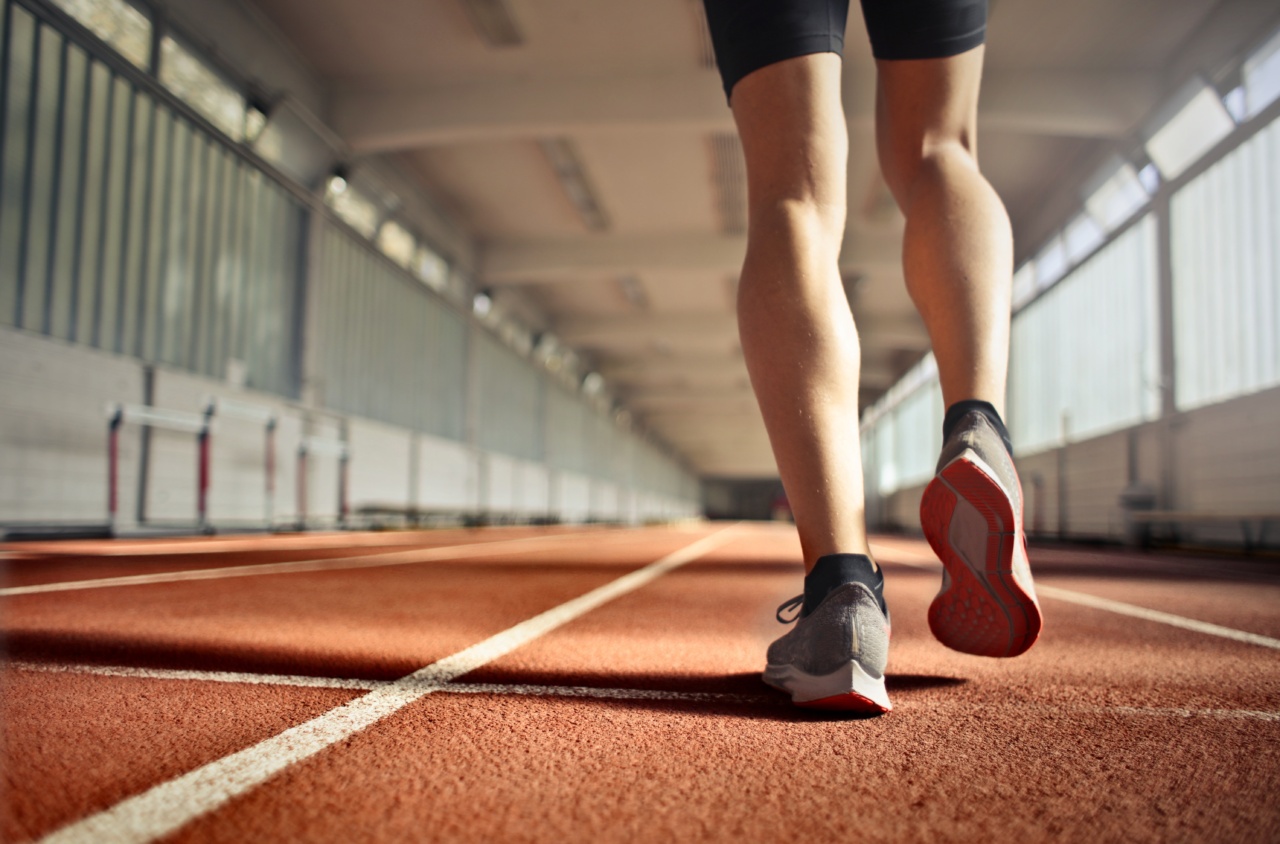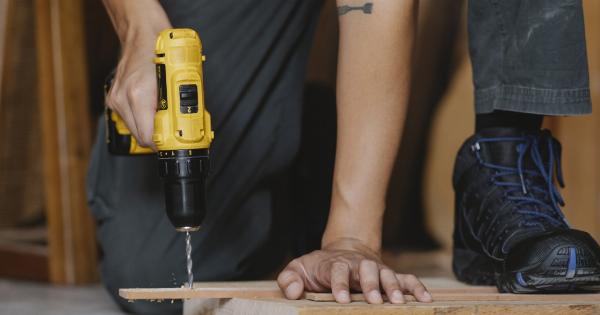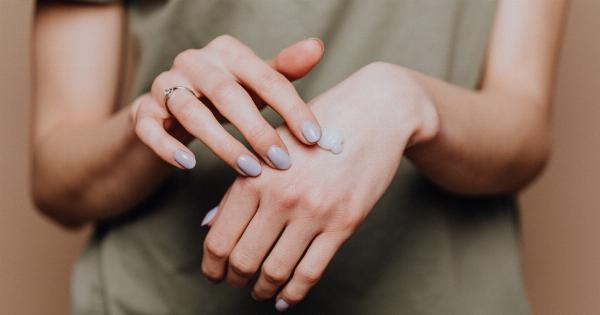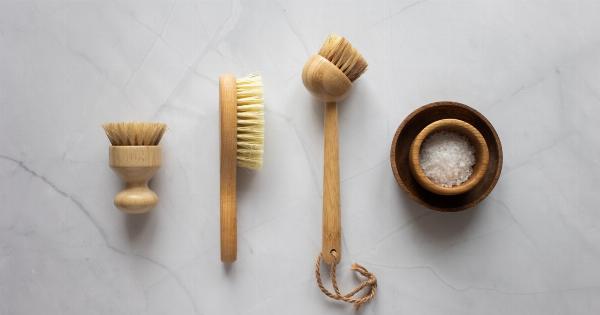Bunions are a common foot condition that affects millions of people worldwide. It is a painful bump that forms on the joint at the base of the big toe. This bump can cause pain, inflammation, and difficulty in wearing shoes.
Luckily, there are various ways to fix a foot bunion, ranging from surgery to conservative approaches like exercise and physical therapy.
If you’re looking for an easy fix to your foot bunion, trying these simple exercises can help treat your condition.
However, before you start or experiment with any exercise or physical activity, consult with your doctor or podiatrist, especially if you have an underlying medical condition or concern that may exacerbate your bunion.
Toe Stretches
To perform a toe stretch, sit on the floor with your legs straight in front of you. Then, cross one leg over the other and reach your toes towards your knee. Hold this position for 15 to 30 seconds before switching sides.
Perform this stretch several times a day to help alleviate pain and discomfort in your foot bunion.
Toes Spread Out
Another helpful exercise to reduce the appearance of a foot bunion is to spread your toes out as wide as you can.
You can do this exercise while sitting down or standing up by simply separating your toes and holding that position for 5-10 seconds before relaxing.
Toe Rolls
Toe rolls are an effective way of reducing the discomfort and pain associated with a foot bunion. This exercise involves gripping a small towel with your toes and rolling it towards you.
You can perform this exercise for 5 to 10 minutes per day, 3 to 4 times a week. However, make sure to use a soft towel to avoid any injury to your foot. Do not attempt this exercise if it causes any pain or discomfort.
Toes Lifts
Toes lifts are an excellent exercise to strengthen the muscles of your feet. To perform this exercise, sit on a chair with your feet flat on the floor and gently lift your toes off the ground, keeping your heel in contact with the floor.
Hold this position for 5 seconds before lowering your toes back to the ground. Repeat this exercise for 10-12 repetitions per day.
Ankle Rolls
Ankle rolls are beneficial in reducing the pain and discomfort caused by bunions. This exercise involves rotating your foot clockwise and anti-clockwise for about 30 seconds. Perform this exercise for 5 to 10 minutes, 3 to 4 times a week.
Ice Therapy
If your bunions are causing pain, swelling, and inflammation, one of the best ways to alleviate the symptoms is through ice therapy. Apply an ice pack to the affected area for 15 to 20 minutes per day.
You can repeat this process 3 to 4 times a day to alleviate the pain and discomfort caused by the bunion.
Proper Footwear
One of the most crucial factors in slowing the progression of bunions is the right footwear. If you are experiencing foot bunion, consider wearing shoes with enough room in the toe box.
Avoid wearing high-heeled shoes, pointed shoes, or any shoes that place pressure on the big toe. You may consider wearing supportive shoes or orthotics, which can help alleviate pain and reduce the pressure on your feet.
Shoes that provide arch support, shock absorption, and a deep, wide toe box can help realign your foot and relieve the pressure on the bunion.
Massage Therapy
Massage therapy can also help alleviate pain and discomfort caused by a bunion. Use your fingers to apply pressure to the bunion in a circular motion for about 10 minutes per day.
You can also use a tennis ball, foam roller, or other massage tools to alleviate the discomfort caused by the bunion.
When to See a Doctor
If the pain or discomfort caused by the foot bunion becomes unbearable, or if you are experiencing any signs of infection, swelling, or redness in the affected area, it is essential to seek medical attention immediately.
A doctor or podiatrist can diagnose the extent of your condition and recommend an appropriate treatment plan, ranging from the use of anti-inflammatory medications, physical therapy, or surgery.
Conclusion
Foot bunions can be very painful and affect your daily activities, but with the right approach, including exercise, ice therapy, massage therapy, proper footwear, and medical attention, you can alleviate the pain and prevent further progression of your condition. Always consult with your doctor or podiatrist before attempting any exercise or physical activity to ensure the safety and effectiveness of your approach.

























